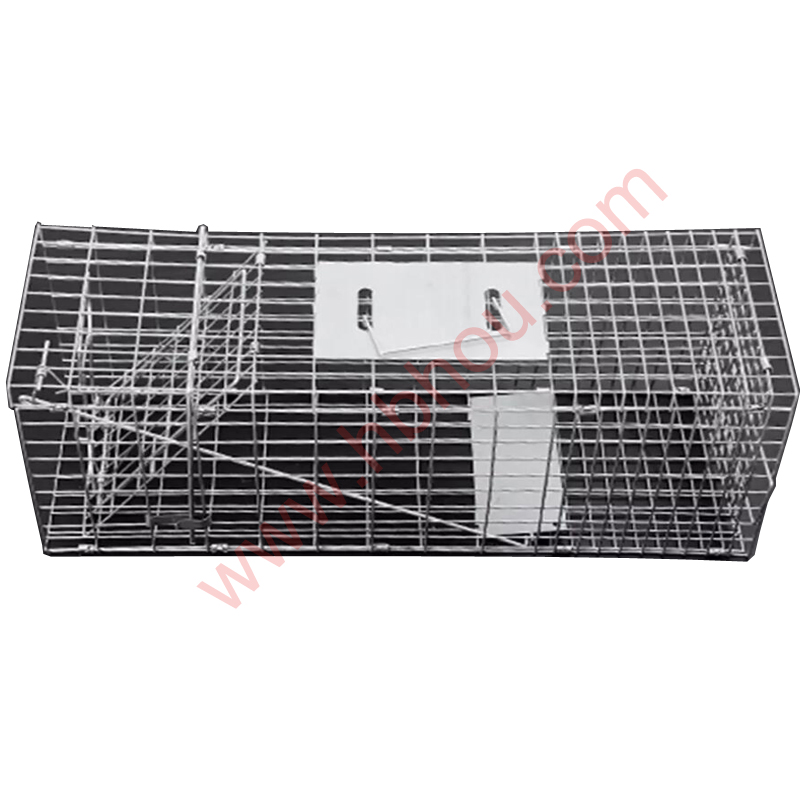The Aesthetic Appeal of Gabion Decorative Walls
In the ever-evolving world of landscaping and architectural design, gabion walls have emerged as a popular choice for both functional and decorative purposes. These structures, traditionally composed of wire mesh filled with stones or other materials, are increasingly being utilized for their aesthetic appeal as well as their practicality. In this article, we delve into the attributes, design possibilities, and benefits of gabion decorative walls, highlighting why they deserve a spot in modern landscaping and construction projects.
What Are Gabion Walls?
Gabion walls originated from military engineering used to protect against erosion and landslides. The term gabion derives from the Italian word gabbione, meaning big cage. This refers to the wire cages filled with natural rocks, concrete, or other materials, forming a sturdy structure. Over recent years, their utilization has broadened, with designers and homeowners recognizing their potential not just for retaining soil but also for adding a unique visual element to outdoor spaces.
Aesthetic Versatility
One of the most significant advantages of gabion decorative walls is their versatility. The choice of materials used for filling the wire cages is virtually limitless, allowing for a wide array of textures, colors, and sizes. Whether opting for smooth river stones, jagged pieces of granite, or recycled materials, the ability to customize these walls provides an endless canvas for creativity.
The design can be tailored to complement various architectural styles. For example, a rustic home may benefit from gabion walls filled with natural stones that blend seamlessly into the environment. Conversely, contemporary designs may incorporate sleek, uniform stones or even colored glass for a more modern twist. As a result, gabion walls can serve as striking focal points or subtle background features, enhancing the overall aesthetic of a landscape.
Environmental Benefits
gabion decorative wall

Aside from their visual appeal, gabion decorative walls adhere to principles of sustainable design. Utilizing natural stones and locally sourced materials reduces the carbon footprint associated with transportation and production. Furthermore, gabions can facilitate drainage and absorb rainwater, mitigating issues related to soil erosion and stormwater runoff. This makes them not only an attractive choice but also an environmentally responsible one.
Functional Qualities
In addition to their decorative aspects, gabion walls serve essential functional purposes. They can effectively retain soil, preventing erosion and stabilizing slopes. This makes them valuable in landscaping, especially in areas prone to landslides or heavy rainfall. Moreover, gabions can be used as sound barriers, effectively reducing noise pollution in busy urban settings. This dual functionality allows homeowners and designers to create visually appealing solutions that also address practical concerns.
Construction and Maintenance
Constructing a gabion decorative wall is relatively straightforward, which can be appealing to DIY enthusiasts and contractors alike. The process involves assembling the wire cages, filling them with the chosen materials, and stacking them securely. Due to their robustness and durability, these walls require minimal maintenance, making them a practical choice for both public and private spaces.
Conclusion
Gabion decorative walls embody a harmonious blend of functionality and aesthetics, offering numerous benefits for both environmental sustainability and design creativity. Their versatility allows for customization that can fit any style, contributing to the unique character of outdoor spaces. As more people seek innovative and sustainable solutions for landscaping, gabion walls stand out as an excellent choice that combines practicality with beauty.
Incorporating gabion decorative walls into your project can transform an ordinary space into a captivating area that captures the imagination while serving crucial environmental functions. Whether used in residential gardens, public parks, or commercial landscapes, gabion walls are paving the way for a new era of design that values both function and form.
















